Province

Takeo province is often referred to as the cradle of Cambodian civilisation Takeo province has several important pre-Angkorian sites built between the 5th and the 8th century. The provincial capital, Takeo town is an easygoing place that possesses a fair amount of natural and manmade beauty. The natural beauty is in the Scenic River and lake area that faces a pleasant town parkway. The low-lying area seems to include much of the surrounding province area, which is probably why a kingdom that once had its heart here was referred to as Water Chenla. There seems to be water everywhere in the surrounding countryside during the rainy season.

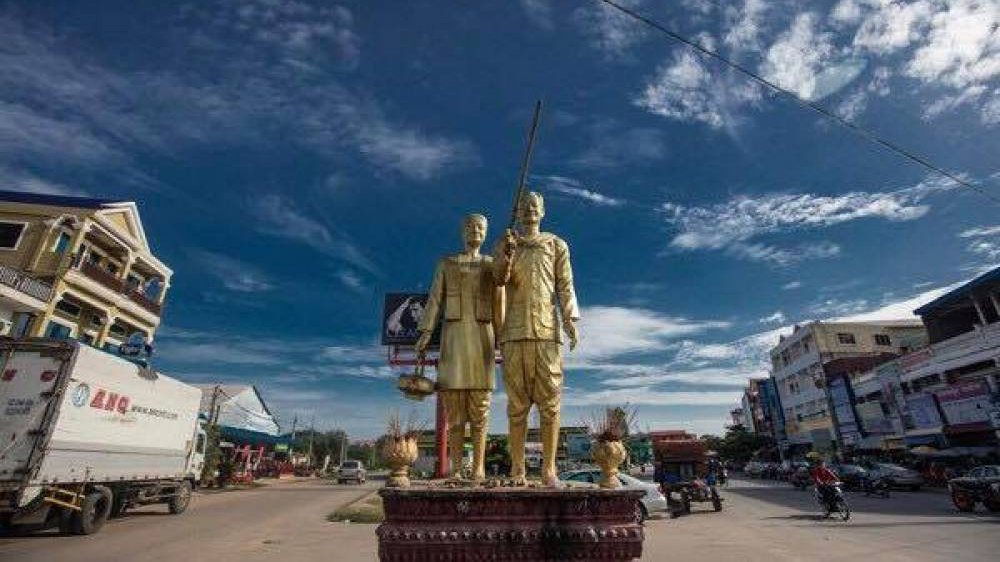
The man-made beauty mostly comes from a series of canals and waterways that were cut through the surrounding countryside, many a very long time ago, connecting towns, villages, rivers and Vietnam. Nearby Angkor Borei town (connected by water to Takeo town) may have been the heart of the Funan Empire, which is called the Cradle of Khmer Civilization by Cambodians. Much older than Angkor, the Funan empire had its heyday between the 1st and 6th centuries and stretched across a vast area, from South Vietnam through Thailand, down through Malaysia and into Indonesia. Bold, silver and silks were traded in abundance in the kingdom, or, as some say, the series of fiefdoms
Although Cambodians claim Funan was created by Khmers, neighbouring Vietnam argues that they were the people of origin. Archaeologists from the University of Hawaii of the USA have made research trips to Angkor Borei in an attempt to piece together the history and story, and story, as well as relics, of the Funan period. In an odd recent twist, Reuters News Service reported in early November 1999 that locals saw the research team digging up ancient relics and figured the stuff must be valuable, so they started digging and looting objects from the area. Fortunately, the Cambodian government seems to be moving in on the problem quickly to try to save what they can of this important piece of Khmer heritage.
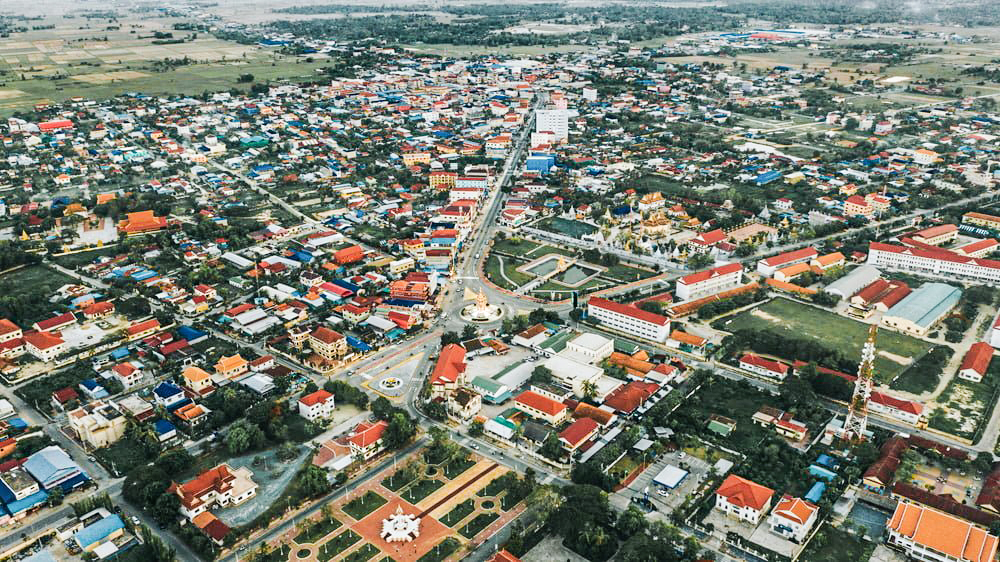
That was not the first time the locals have created problems in the piecing together of ancient history. Much of what did remain in the form of ancient ruins in Angkor Borei was destroyed not too long ago in the modern past. The officials that runs the museum that’s dedicated to the history of the Funan empire told me that much of what was still standing from this period (from parts of ancient walls to partial structures) was thought to be useless by locals and was bulldozed and razed to make way for more useful modern day structures! Talk about having a bad track record. Fortunately artifacts and history have been put together in the museum.
Takeo Province is full of other interesting sights as well and because of the short distance and good road from Phnom Penh, all are great day trips. Some sights can be combined in a day trip. If you have a bit more time, spend an evening in Takeo town and take in all the sights. There is a pleasant little place to stay overlooking the river and lake area.
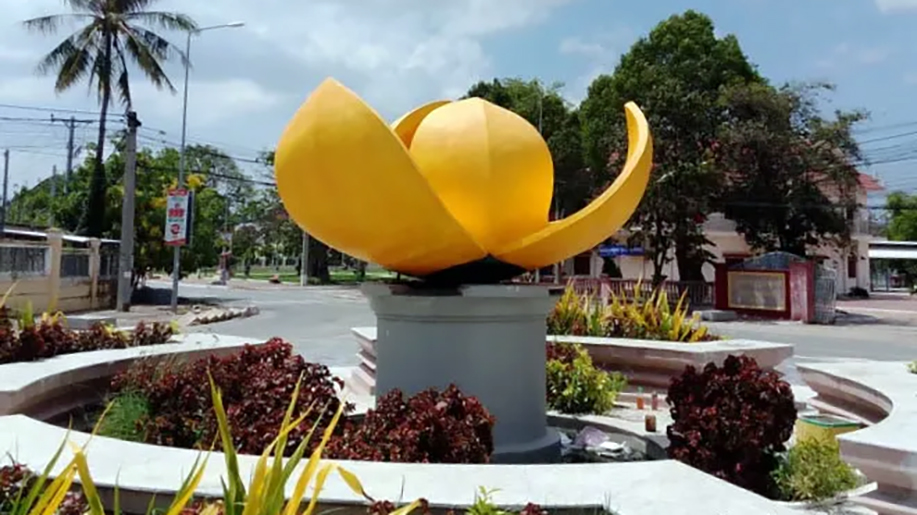
Cultural Heritage
Ta Keo Province in Cambodia is renowned for its rich cultural heritage, deeply rooted in the ancient Khmer civilization and Buddhist traditions. Here are some key aspects of the cultural heritage in Ta Keo Province:
Buddhist Monasteries and Pagodas

Buddhism plays a central role in Cambodian culture, and Takeo Province is dotted with Buddhist monasteries, pagodas, and stupas. These religious sites serve as centers for worship, meditation, and community gatherings. Wat Preah Theat Thmor Dharmikaram is one such monastery known for its serene ambiance and architectural beauty.

Traditional Arts and Crafts

The province boasts a vibrant tradition of arts and crafts, including stone carving, silk weaving, and pottery making. Artisans in Ta Keo produce intricate sculptures, textiles, and ceramics, preserving ancient techniques passed down through generations. Visitors can explore local workshops and markets to admire and purchase these exquisite handmade products.

Cultural Festivals and Rituals
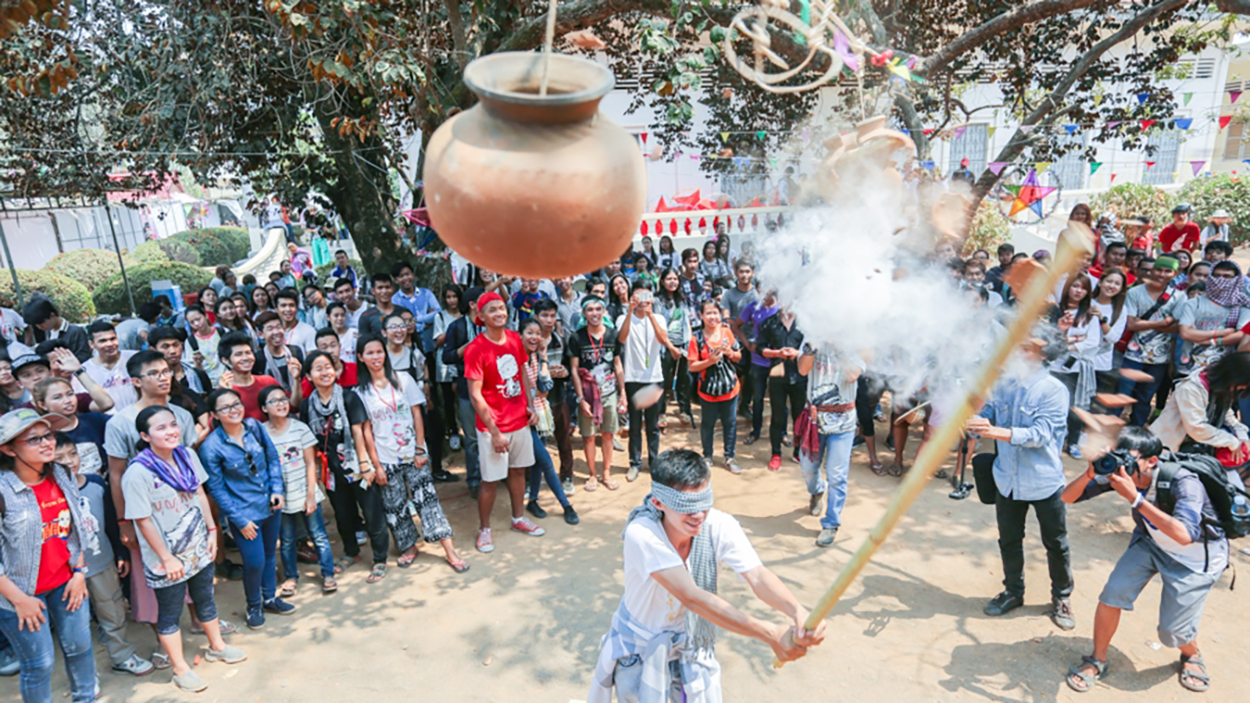
Ta Keo Province celebrates a variety of cultural festivals and rituals throughout the year, blending Hindu, Buddhist, and animist traditions. The Khmer New Year, or Choul Chnam Thmey, is one of the most significant festivals, marked by elaborate ceremonies, traditional dances, and joyful gatherings. Other festivals include Pchum Ben, a period of remembrance for ancestors, and Bonn Chroat Preah Nongkoal, a ceremony honoring water spirits.
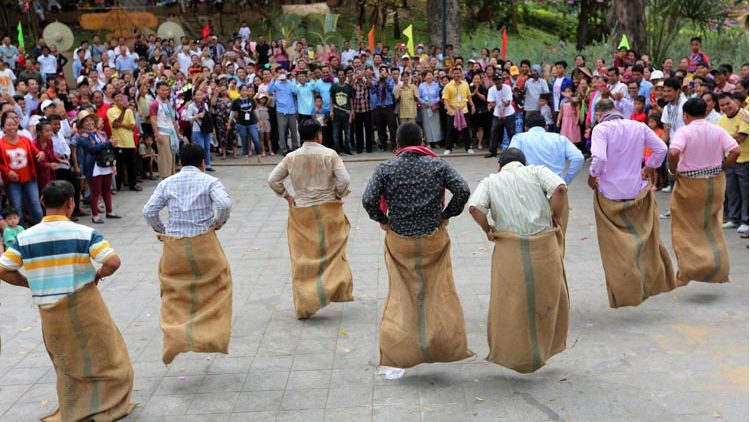

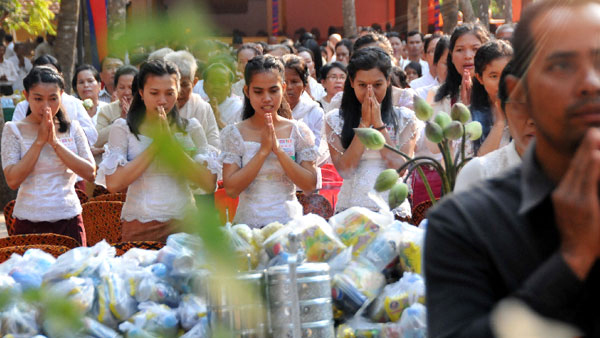

In summary, Ta Keo Province is a treasure trove of cultural heritage, offering visitors a fascinating journey through Cambodia’s ancient past and vibrant present. From awe-inspiring temples to traditional arts and culinary delights, the province’s rich cultural tapestry continues to captivate and inspire.
Geography

Takeo province is 3,563 square kilometres in size. It is located in the south of the country, bordering Kandal to the north and east, Kampong Speu and Kampot to the west, and Vietnam to the south. The low-lying area appears to encompass much of the surrounding province, which is likely why a kingdom that once flourished here was known as Water Chenla. Water seems to be abundant in the surrounding countryside during the rainy season.


Therefore, the province consists of a typical flat and wet area, which is common in Cambodia. It is characterized by rice fields and other agricultural plantations. Additionally, the province is home to one of the largest rivers in the country, the Tonle Bassac, which serves as the provincial border to the East. This river is also known as the “Red River.”
Attractions
Takeo Province, located in the southern part of Cambodia, is a destination that offers a unique blend of historical, cultural, and natural attractions. These attractions provide visitors with a deeper understanding of Cambodia’s rich heritage and natural beauty. Here are some notable attractions in Takeo Province:
Angkor Borei

This archaeological site is one of the oldest in Cambodia, dating back to the Funan period (1st to 6th centuries AD). Visitors can explore ancient temples, ruins, and artifacts, gaining insight into the early civilizations that thrived in the region.


Phnom Da
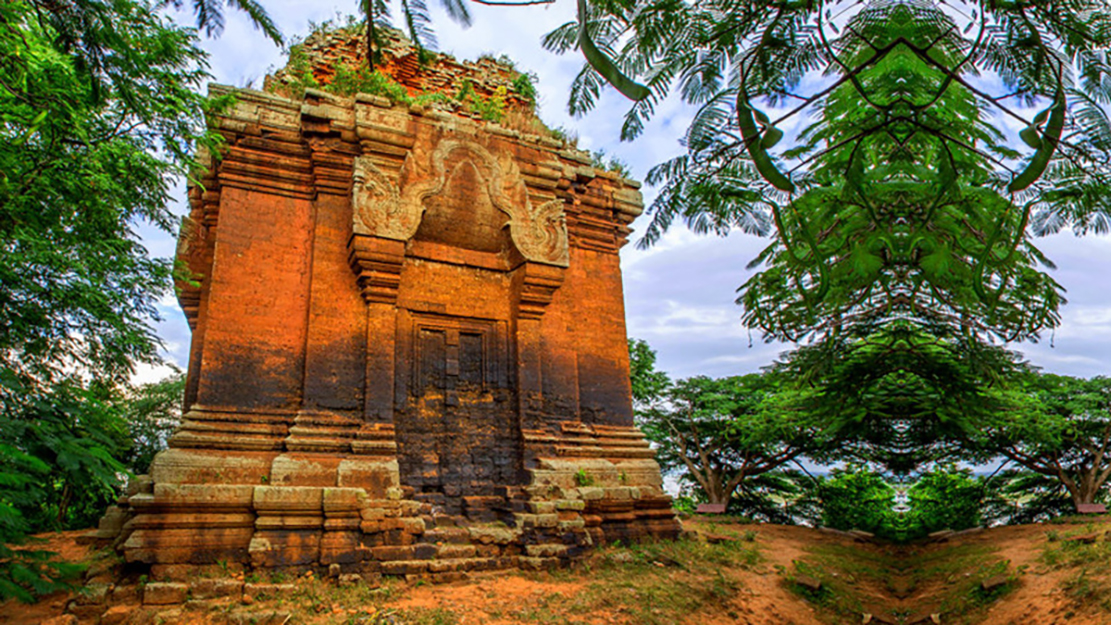
Overlooking the surrounding countryside, this hilltop temple complex is another significant archaeological site in Takeo Province. The temple dates back to the Chenla period and offers breathtaking panoramic views of the landscape.
Tonle Bati
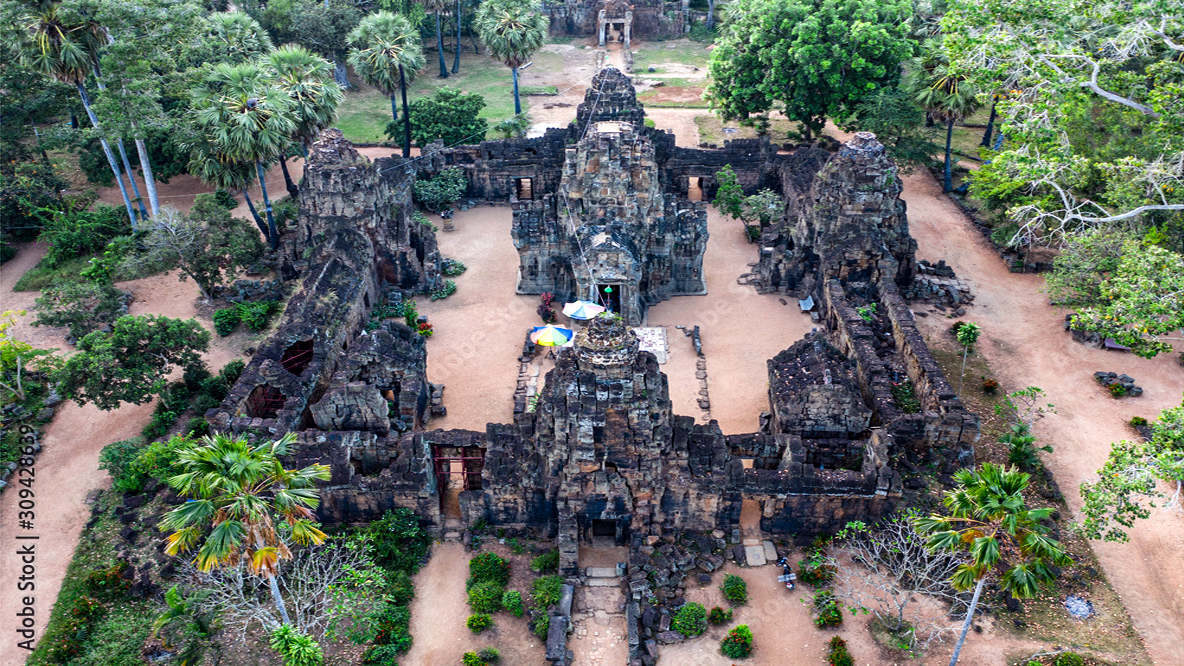

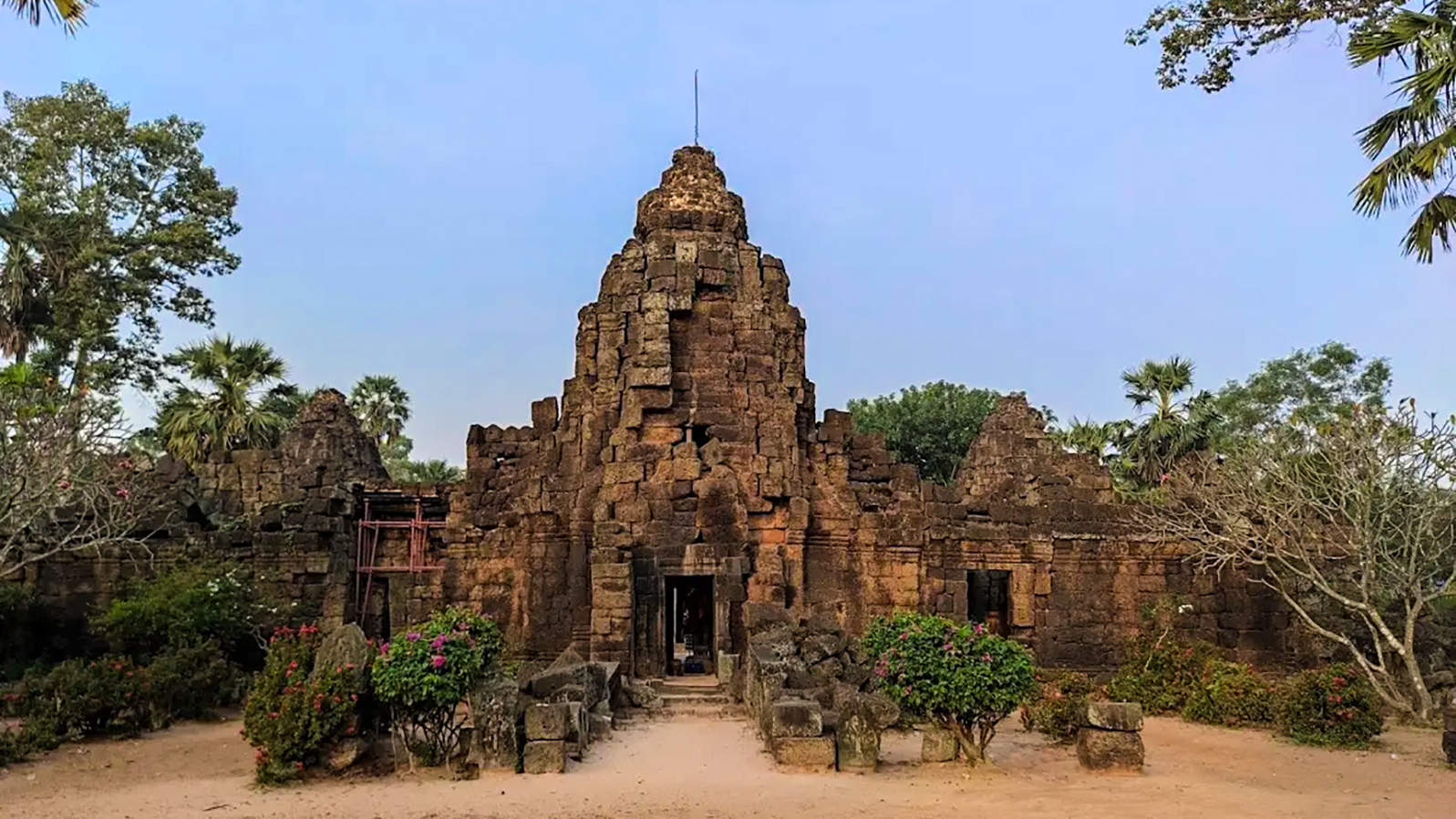
A popular recreational area, Tonle Bati features a picturesque lake surrounded by gardens and picnic spots. Visitors can relax by the water, visit nearby temples such as Ta Prohm and Yeay Peau, and savor local cuisine at the lakeside restaurants.
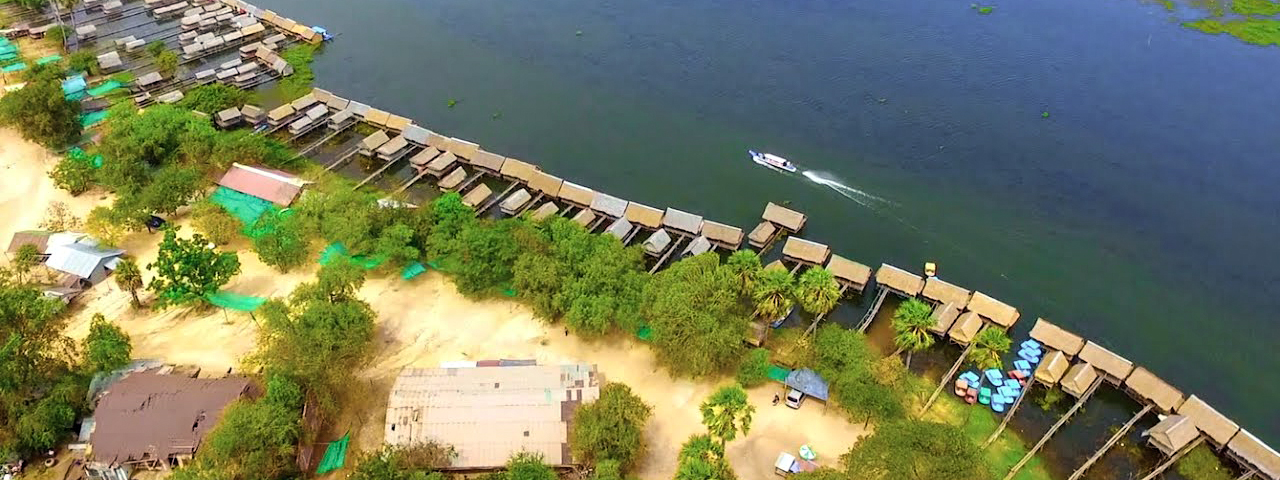
Phnom Chisor

Located atop a hill, Phnom Chisor is home to an ancient temple complex built during the Angkorian period. The site provides breathtaking views of the countryside and offers a glimpse into Cambodia’s rich history.

Phnom Ta Mao Wildlife Rescue Center

Situated near Takeo town, this wildlife sanctuary is a refuge for various native species, including gibbons, sun bears, and leopards. Visitors can learn about conservation efforts and observe these animals up close in their natural habitat.


Rural Villages
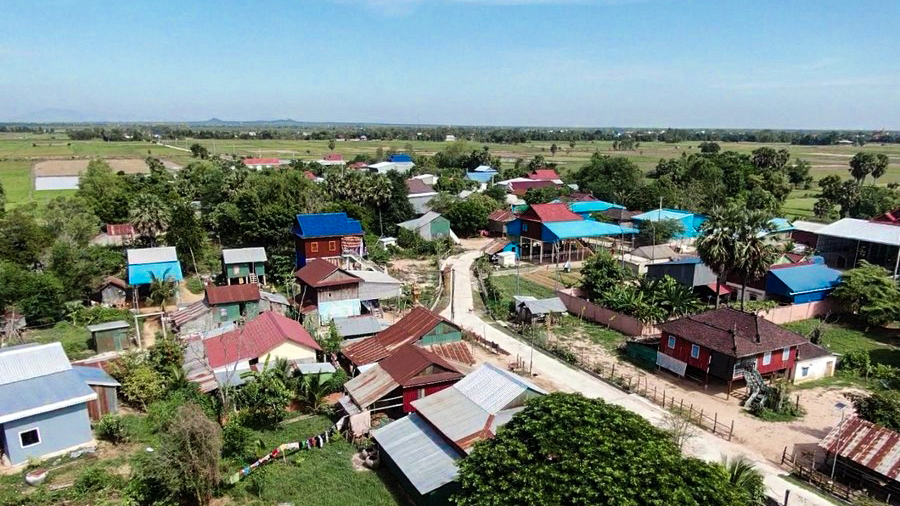


Exploring the rural villages surrounding Takeo town offers an opportunity to connect with local communities and learn about traditional Khmer lifestyle and customs. Visitors can participate in village activities, such as rice farming or silk weaving, and interact with warm and welcoming locals.
These attractions highlight the diverse offerings of Takeo Province, ranging from ancient temples and archaeological sites to picturesque landscapes and captivating cultural experiences. Takeo Province is truly a compelling destination for travelers seeking an authentic Cambodian experience.
Economy
The economy of Takeo Province is primarily agrarian, with agriculture being the mainstay of the local economy. Rice cultivation is the dominant agricultural activity, with vast expanses of paddy fields spread across the province’s fertile plains. Additionally, other crops such as cassava, corn, vegetables, and fruits are also grown.
Here are some key aspects of Takeo Province’s economy:
Agriculture

As mentioned, agriculture is the backbone of Takeo Province’s economy. The province is known for its rice production, which contributes significantly to Cambodia’s overall rice output. Farmers typically engage in both wet and dry season rice cultivation, utilizing the natural resources provided by the province’s rivers and irrigation systems.
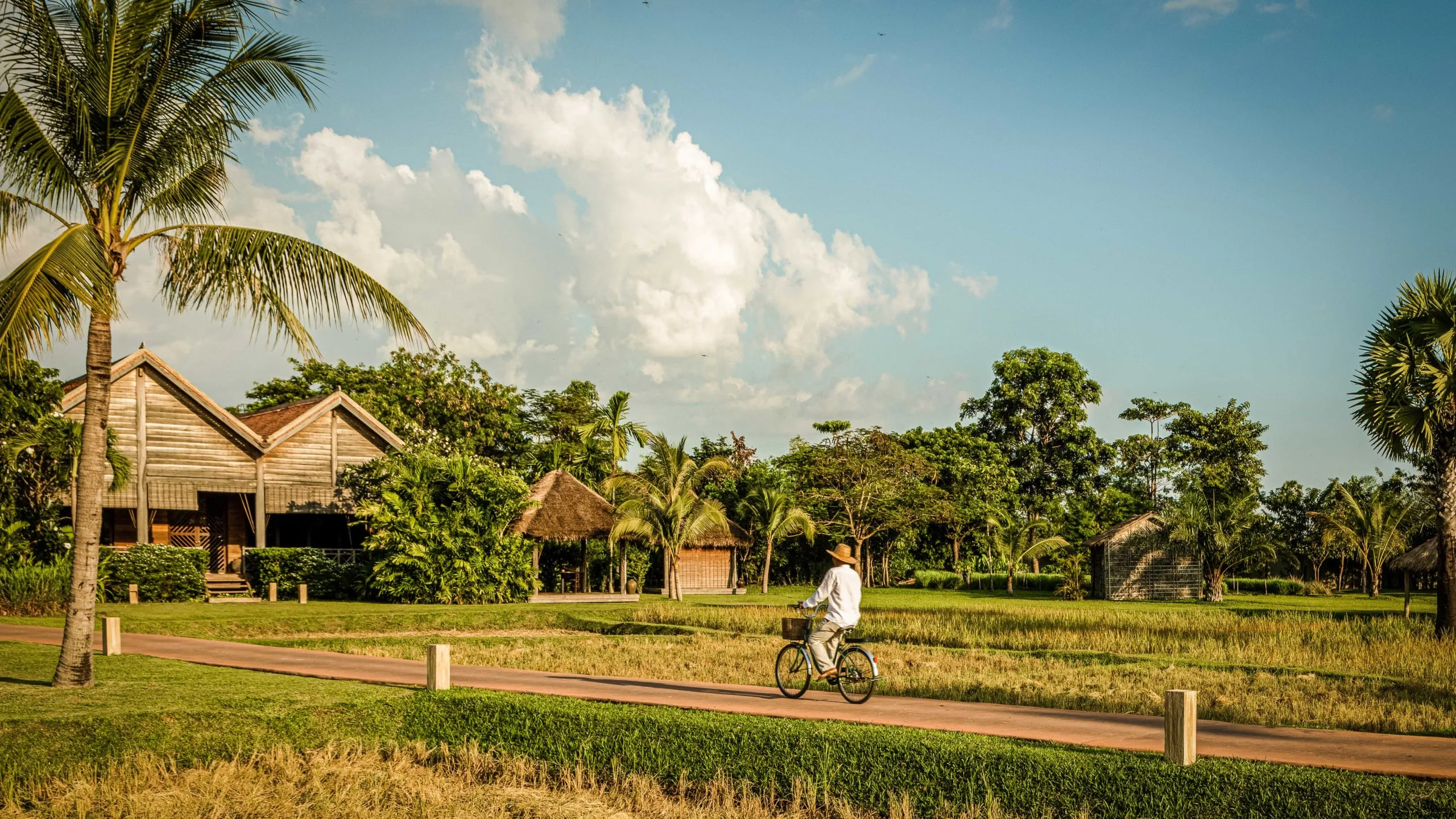

Fisheries

Takeo Province is endowed with numerous rivers, streams, and water bodies, making fisheries another important sector of the economy. Fishing activities support both subsistence and commercial fishing, providing livelihoods for many local communities.



Tourism
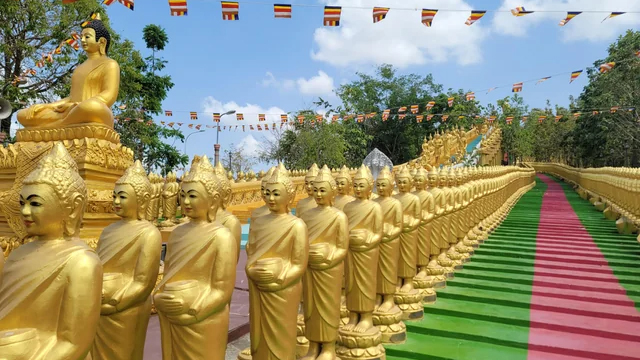
While not as developed as in some other provinces like Siem Reap, Takeo Province does attract tourists, particularly those interested in historical and cultural sites such as Angkor Borei and Phnom Da. The province’s natural attractions, including lakes and wildlife sanctuaries, also contribute to its tourism potential.

Handicrafts and Cottage Industries

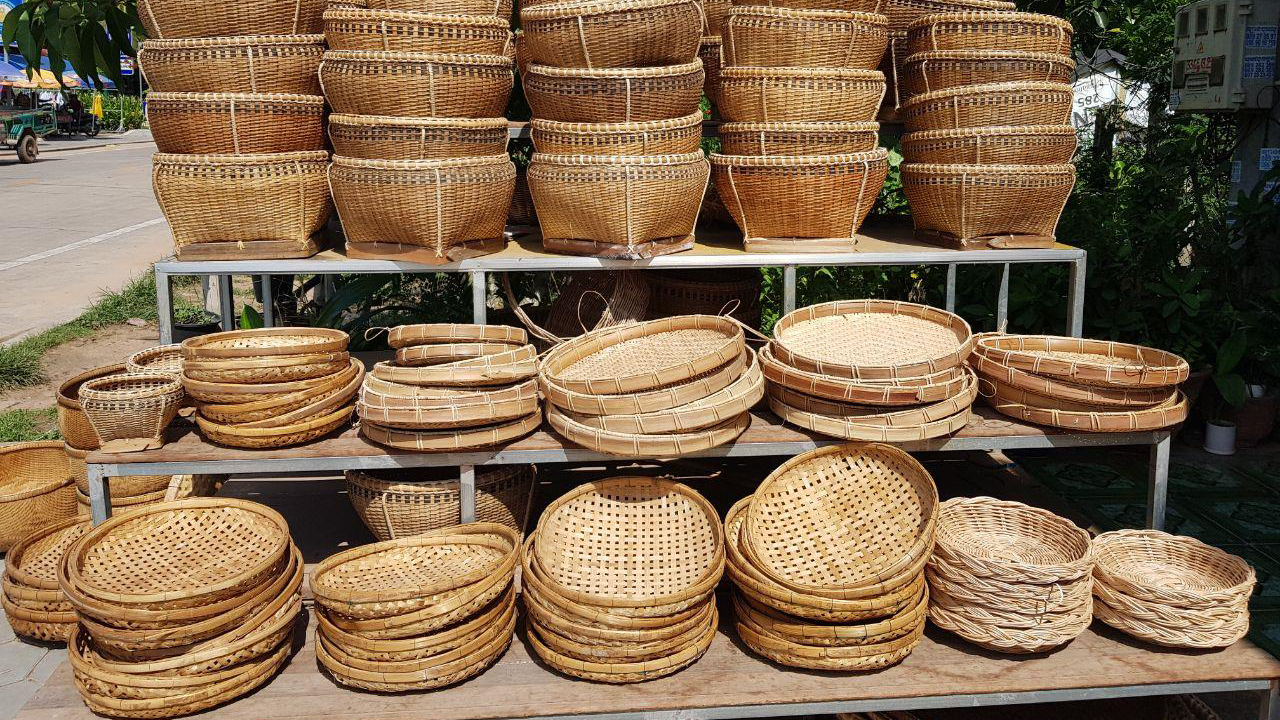
Takeo Province is home to skilled artisans who produce traditional handicrafts such as pottery, silk weaving, and wood carving. These cottage industries contribute to the local economy and provide employment opportunities for rural communities.
Khmer Cuisine
Khmer cuisine in Takeo Province, just like in other regions of Cambodia, reflects a diverse range of flavors influenced by local ingredients, culinary traditions, and cultural heritage. Here are some characteristic dishes and culinary elements you might find in Takeo Province:
Prahok Ktiss

Prahok, a fermented fish paste, is a key ingredient in Khmer cuisine. Prahok Ktiss is a traditional dip or relish made with prahok, ground pork or chicken, coconut milk, and spices. It is commonly served with fresh vegetables like cucumber, eggplant, and green beans.

Samlor Machu Ktiss
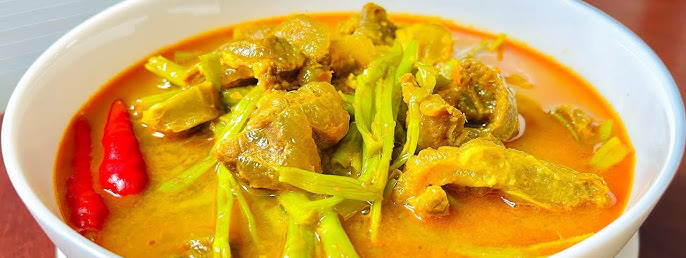
This sour soup is a comforting and flavorful dish made with fish, vegetables, and tamarind broth. Ingredients such as tomatoes, pineapple, water spinach, and sometimes prahok are often included to enhance the depth of flavor.

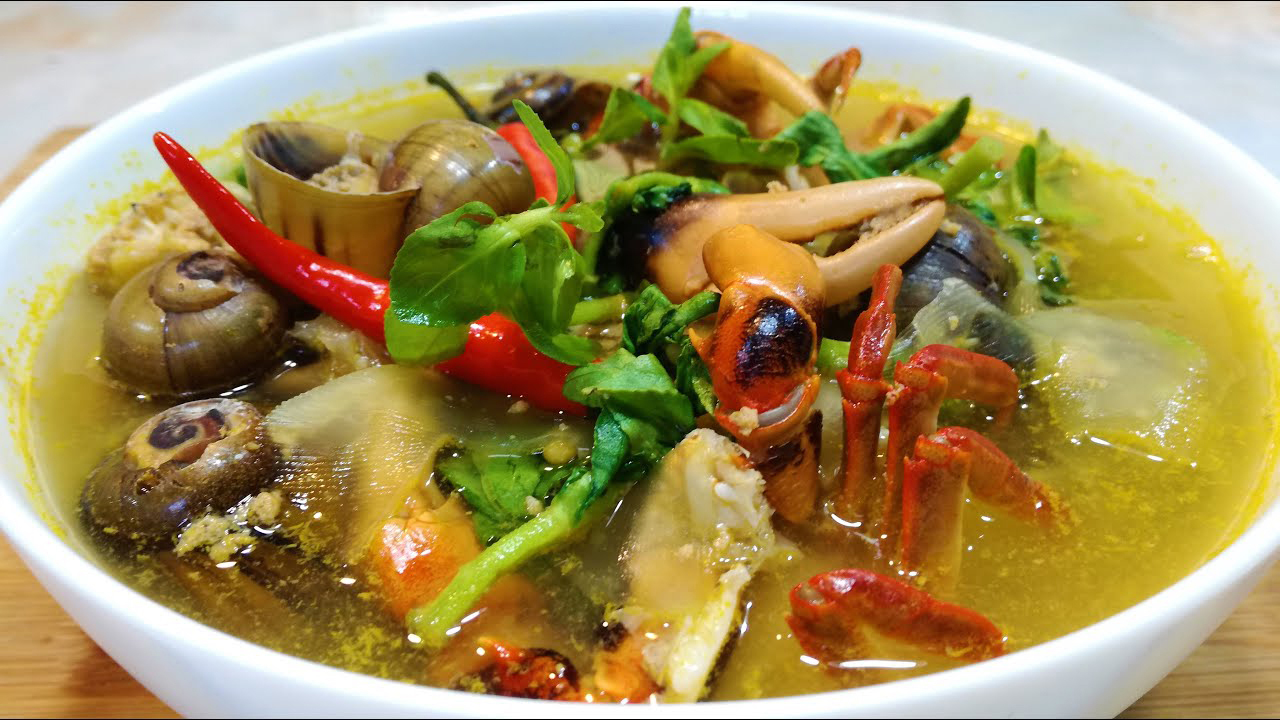
Num Banh Chok
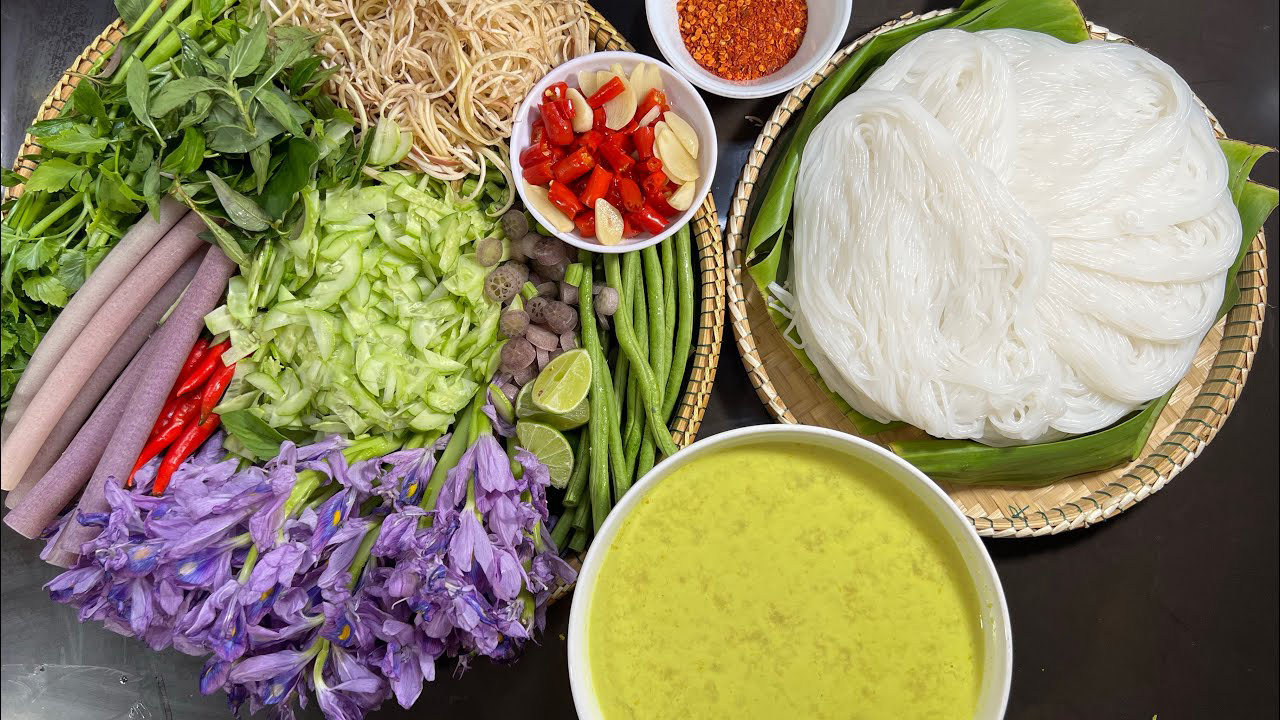
Also known as Khmer noodles, Num Banh Chok is a traditional Cambodian dish consisting of fresh rice noodles topped with a fish-based curry gravy made with lemongrass, turmeric, and aromatic herbs. It is usually served with an array of fresh herbs, bean sprouts, and banana flower.

Trey Aing
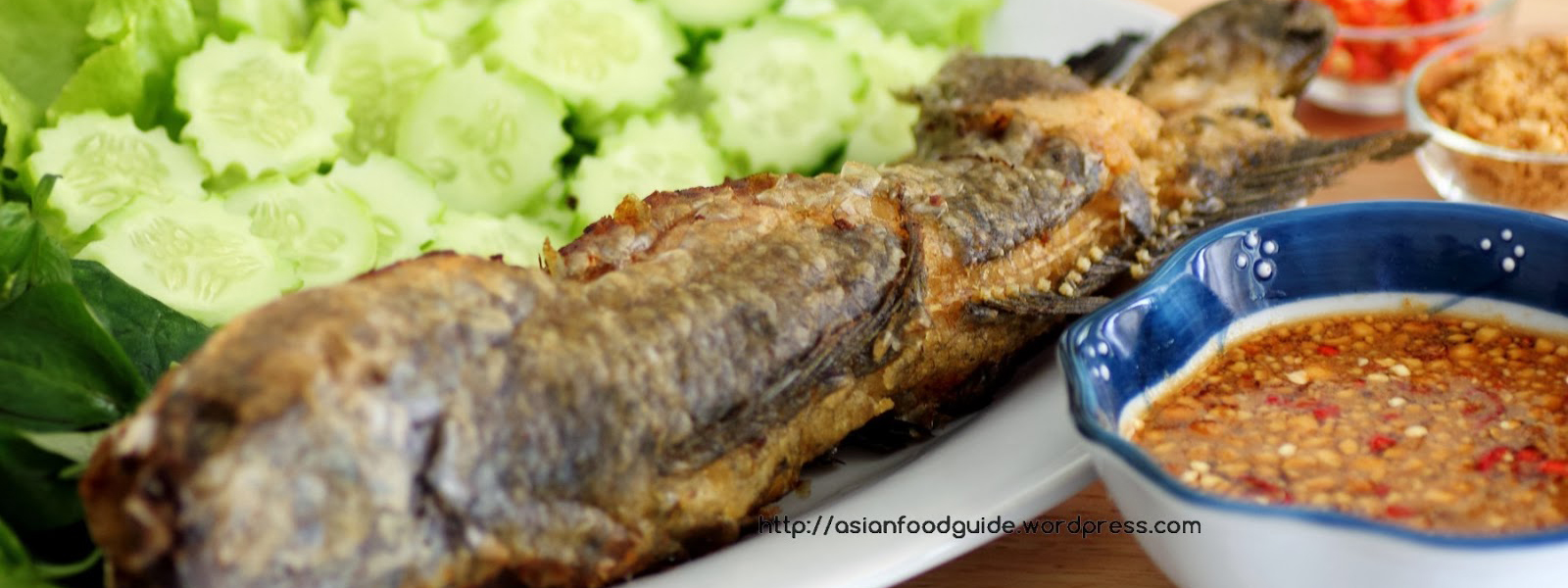
Trey Aing refers to grilled fish, a popular cooking method in Cambodian cuisine. Fresh fish, often sourced locally from rivers or lakes, is marinated with spices and grilled over charcoal, imparting a smoky flavor to the dish.


Sweets and Desserts

Cambodian desserts often feature ingredients like coconut milk, rice flour, palm sugar, and tropical fruits. Look out for treats like Khmer-style sticky rice with mango, coconut custard, or sweet dumplings filled with mung bean paste.


Rice

Rice is a staple food in Cambodian cuisine, as in many other Southeast Asian countries. In Takeo Province, where rice cultivation is prevalent, you’ll find a variety of rice dishes, ranging from simple steamed rice to more elaborate preparations like fried rice or rice porridge.

These are just a few examples of the delightful Khmer cuisine you can experience in Takeo Province, where the local flavors and culinary traditions reflect the region’s cultural heritage and abundance of fresh ingredients.
